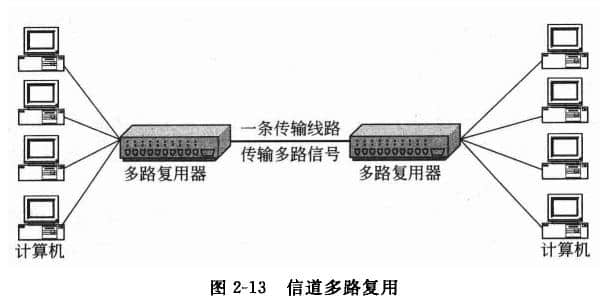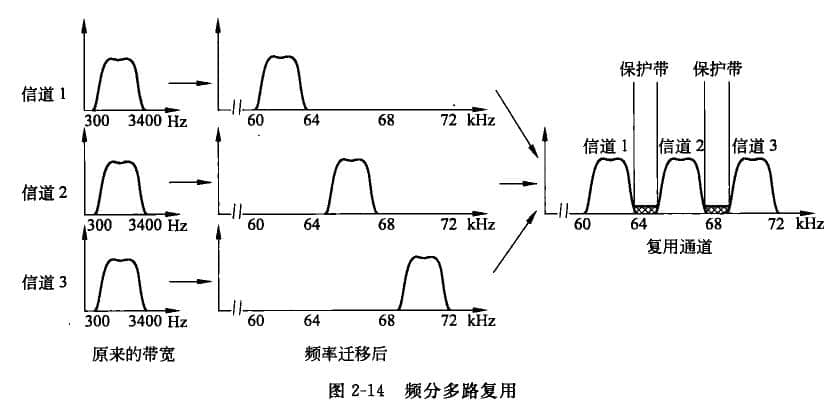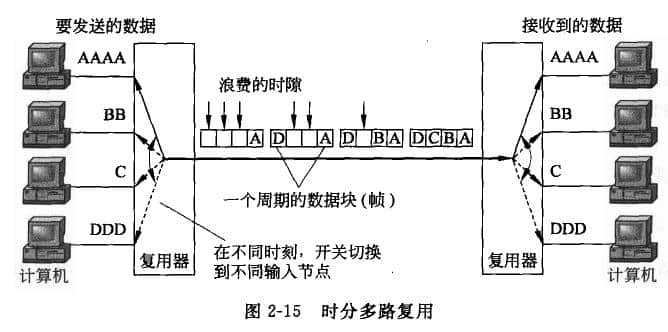-
simplified Chinese character -
Simplified Chinese English
Shangpin China Joins Hands with Beisheng Internet to Create a New Chapter in Website Construction
Common multiplexing technology



Station building process
-
Website requirements -
Website planning scheme -
Page design style -
Confirm delivery for use -
Data entry optimization -
Program design and development -
Follow up service -
contact number 010-60259772
Hot tags
-
WeChat applet development -
Applet development -
Website maintenance -
Government website construction -
Website production
Latest articles
-

Website construction scheme: Fresh makeup aesthetics website Type: website construction 2025-03-13 -

Enterprise website construction plan: create a new business card for the network and open the digital future Type: website construction 2025-03-11 -

High end website production solution Type: website construction 2025-02-18
Recommended News
-
How to avoid the decline of website keywords after revision In the process of website operation, revision is inevitable. However, as long as there are modifications, you will find the flow of the website 2021-05-22 -
The website has been blocked by Baidu and Google (K), how to restore it quickly? First, make sure your website has been blocked by Baidu or Google (some people call it K) 2013-06-22 -
How to use external elements to display content during website maintenance In the process of website operation, it is important to combine external elements with content display to improve website attractiveness and user experience 2024-05-26 -
How to solve the problem of repeated recommendations on website design pages It is a good thing to recommend a good piece of content to users in website design, but in website content recommendation 2020-10-25 -
Why should the website be maintained? The maintenance and updating of the built website will take up a lot of manpower and time, and the work quantity is also very large, so 2021-07-31 -
How to maintain biomedical websites Biomedical website is an extremely important information dissemination platform, not only for practitioners of the biomedical industry to provide 2024-06-07
Make an appointment with a professional consultant to communicate!
Disclaimer



